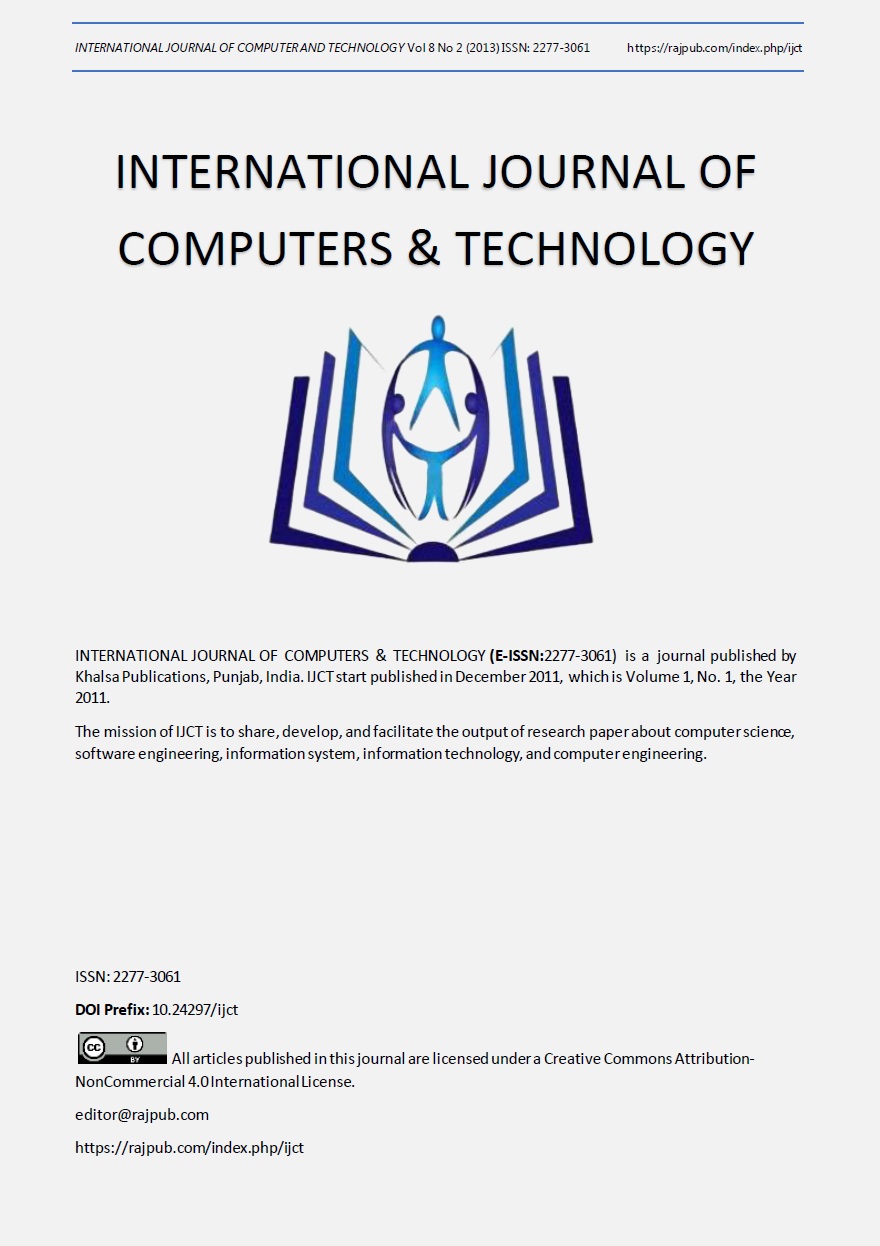Comparison of dispersion compensation with Fiber Braggs Grating at Transmitter and Receiver end of a single channel optical communication system
DOI:
https://doi.org/10.24297/ijct.v8i2.3395Keywords:
Dispersion, Dispersion compensation, Fiber Bragg Grating (FBG), Optical communication.Abstract
Optical fibers are used to transmit the light signal in optical communication system. When the light pulses propagates down the fiber, the pulses spreading takes place, and this phenomenon is called Pulse Dispersion. Dispersion is the main factor which affects the performance of fiber in optical fiber communication system. Dispersion can be compensated by many ways. Dispersion compensation by FBG (fiber bragg grating) is studied in this paper. Dispersion compensation by FBG along EDFA plays a very important role in dispersion compensation. When FBG is used after EDFAÂ at transmitter side (before fiber)in single channel optical communication system then it gives better performance (less BER) as compare to when FBG used after EDFA at receiver end (after fiber). In this paper performance of system is investigated by using FBG after EDFA at both transmitter side (before the fiber) and receiver side (after the fiber). For 50km BER reduces from 1.28559e-111 (FBG after EDFA at receiver side) to 9.57499e-201 (FBG after EDFA at transmitter side).









